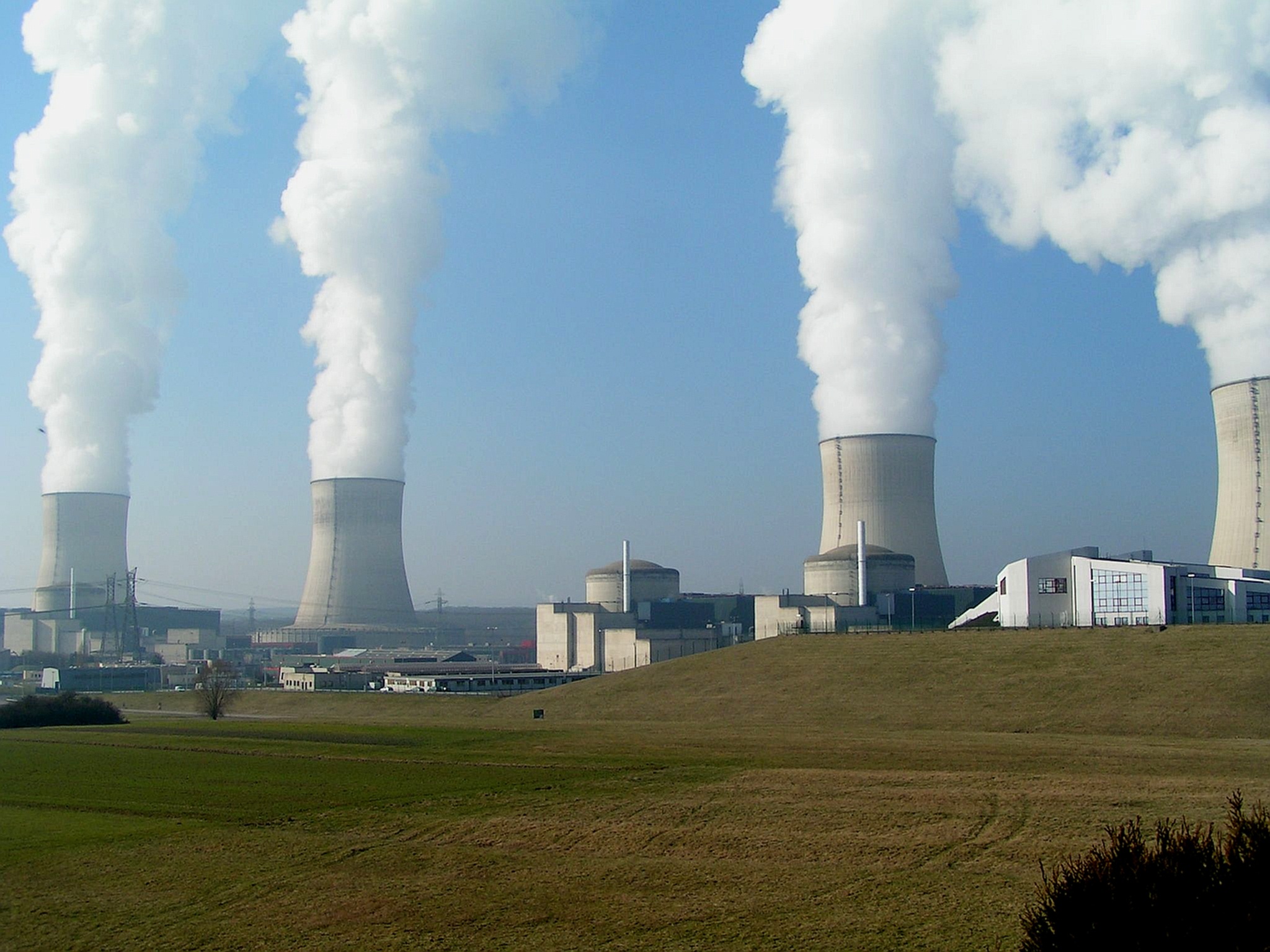The distinction between nuclear physics and chemistry can often appear as nebulous as the very particles they study. Both disciplines delve into the subatomic world, akin to artists exploring two facets of a multifaceted gem. To appreciate their nuances, one must examine their foundational principles, methodologies, and applications, all while acknowledging their interrelationship and overlap.
Nuclear physics is the branch of physics that focuses on the components and behavior of atomic nuclei, such as protons, neutrons, and the forces that bind them. It is, in a sense, the study of the universe’s core, dissecting the very essence of matter. In contrast, chemistry examines the composition, structure, properties, and reactions of matter, often with a focus on molecules and atoms as the building blocks of substances. This distinction, although insightful, belies the intricate connections that exist between the two fields.
At the atomic level, both disciplines converge, sharing a common substrate. The structure of an atom – its electrons configured in various orbitals around a nucleus brimming with protons and neutrons – is a focal point for both chemists and nuclear physicists. However, the approach to this model differs significantly. Nuclear physics deconstructs the nucleus, scrutinizing the strong and weak nuclear forces at play, while chemistry luxuriates in the electron cloud, utilizing theories such as quantum mechanics to illuminate chemical bonding and molecular interactions.
Consider an elegant metaphor: envision nuclear physics as the deep sea, where one explores the profound depths of atomic structure and the fundamental forces that govern its integrity. Conversely, chemistry resembles a lush garden, replete with an array of colorful, diverse flora, symbolizing the myriad of chemical substances and reactions occurring at the surface level. While the ocean’s secrets form the foundational philosophy of both fields, the garden represents the immediate tangible outcomes that chemistry provides to humanity, such as pharmaceuticals, materials, and energy solutions.
The methodologies employed by both disciplines underscore their individual character and appeal. Nuclear physicists often engage in experimental techniques that involve particle accelerators, detectors, and extensive data analysis. These sophisticated tools allow them to explore phenomena such as radioactive decay, nuclear fission, and fusion. Chemistry, on the other hand, primarily adopts a synthetic approach, wherein chemists engage in the design and execution of experiments to create new compounds and understand their reactivity. Here, the laboratory serves as a playground, where trial and error fuel discoveries that can have vast implications.
Yet both fields are also inextricably linked through their reliance on fundamental principles of physics. The periodic table, a cardinal tool in chemistry, rests upon the groundwork established by nuclear physics. Each element’s identity is intrinsically tied to its atomic structure; the number of protons determined its placement in the table, thereby linking these sciences in a profound and seamless manner. This pivotal connection illustrates that while their primary focuses diverge, their roots are deeply intertwined, creating a symbiotic relationship that enhances our understanding of the material world.
To further illustrate the similarities between nuclear physics and chemistry, one can examine their shared set of questions: What builds matter? How do elements interact? What are the consequences of altering atomic components? These inquiries reflect a mutual quest for knowledge, whether one searches for the underlying mechanics of nuclear reactions or the pathways of chemical synthesis. Each query, while approached with different tools and perspectives, ultimately leads to a greater understanding of atoms and their interactions.
As one navigates through the diverse applications of both fields, it becomes evident that their interplay fosters groundbreaking advancements across industries. Nuclear physics plays a pivotal role in the development of technologies such as nuclear energy, medical imaging, and cancer treatment through radiation therapy. Such applications underscore the relevance of nuclear physics in addressing global challenges. In parallel, chemistry offers myriad applications that permeate daily life, from the creation of new materials to environmentally friendly chemical processes that can offset pollution and promote sustainability.
Furthermore, in the realm of interdisciplinary research, the marriage of nuclear physics and chemistry manifests in nuclear medicine. Here, radiopharmaceuticals intertwine chemical formulations with the principles of nuclear decay, leading to innovations in diagnosis and treatment. This convergence exemplifies the harmonious relationship these fields can foster when they merge their principles, underscoring how their unique methodologies can coalesce to create solutions that are both creative and scientifically rigorous.
In conclusion, while nuclear physics and chemistry can be likened to two distinct symphonies, each with its own melodies and rhythms, they ultimately play a cohesive tune when examined through the lens of their fundamental interrelations. They are united by their exploration of matter and its interactions, albeit through differing viewpoints and methodologies. By appreciating both their unique contributions and shared principles, one can embrace a holistic understanding of the natural world, acknowledging that the quest for knowledge is a collective endeavor rather than a solitary pursuit.












